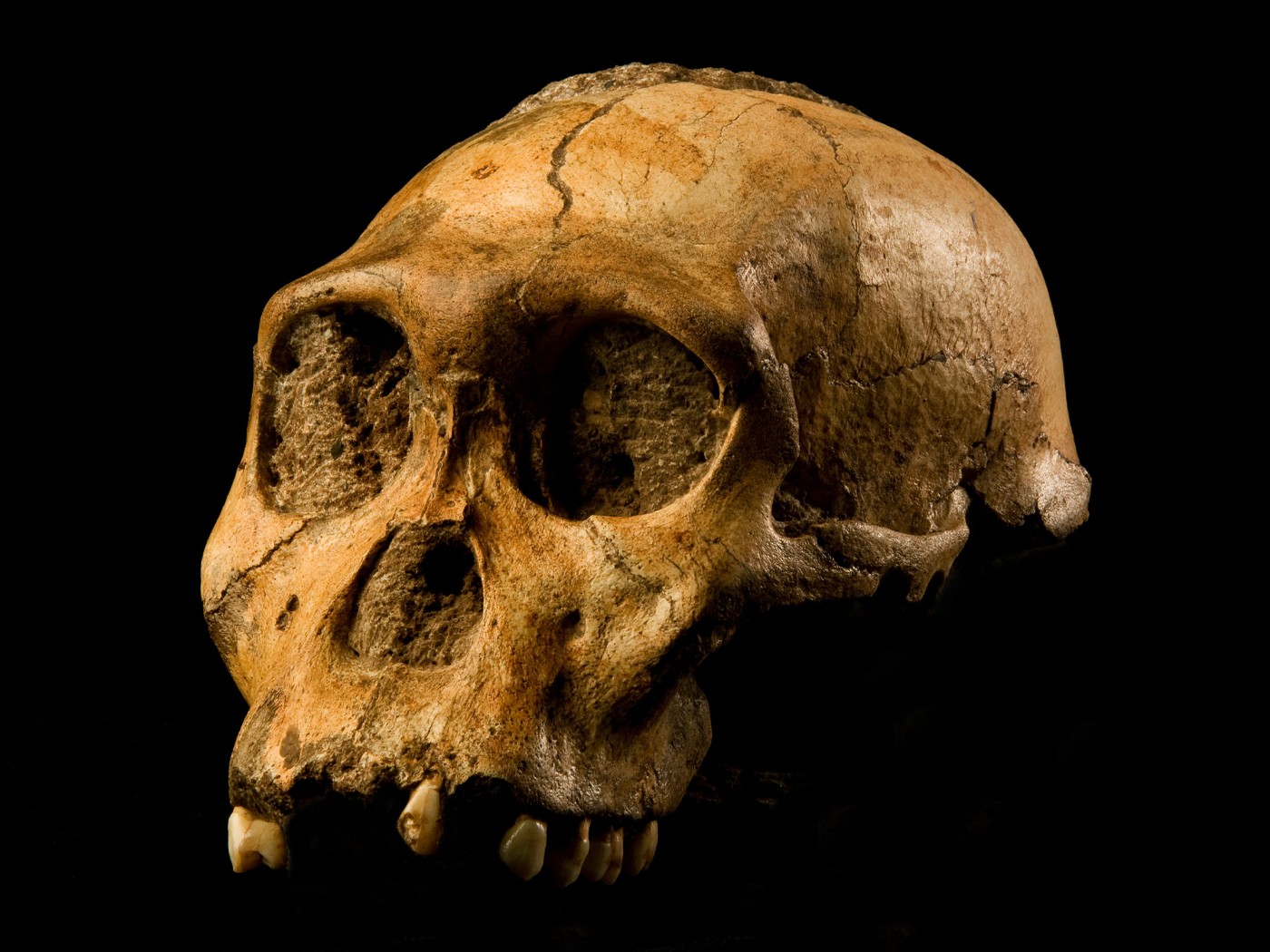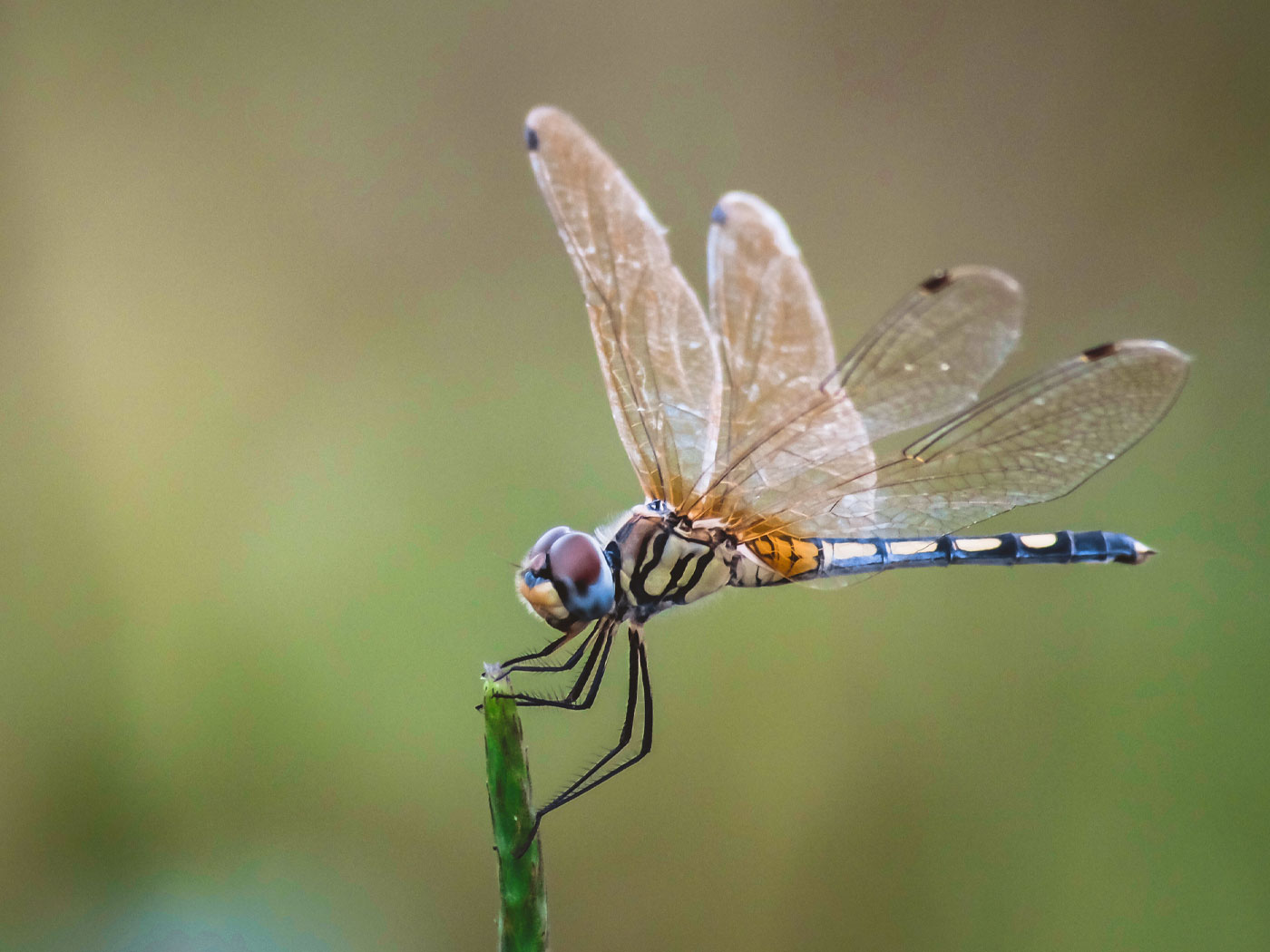Certain repetitive DNA sequences have long been viewed as "confirmation" of evolution. Since they are not genes that code for proteins, they were considered to be unnecessary. Therefore, they were supposedly available for alterations that would eventually lead to a brand new function within the cell or body after all the "right" mutations had accumulated.
The degree of similarity between species within these DNA patches has also been used to gauge the degree of their evolutionary relatedness, based on the assumption that the creatures in question shared a common ancestor. But new research results revealed that these DNA sequences serve a vital purpose in cells, thus nullifying the entire "relatedness" argument.
A certain kind of repetitive DNA sequence called an Alu element was found to limit the number of protein copies made in the cell. Without this key service, protein production would overwhelm the cell and cause disease or death. Lynne Maquat, co-author of a research paper appearing in the journal Nature, said in a University of Rochester Medical Center press release, "This new mechanism is really a surprise."1
"Alu elements" comprise about one tenth of the human genome, which roughly equals three hundred million DNA base pairs. They are part of the more than 96 percent of the human genome that does not consist of genes. What makes them unique is their length of about 300 base pairs and their particular sequences. Many copies of them are found in various places throughout chromosomes. Some of them have been "cut and pasted" into different locations, like other "retrotransposons."2
Evolutionists have generally assumed that Alu elements arose through being copied and spliced throughout various animals' genomes. When the distribution of Alu sequences in one organism's genome closely matches the distribution in another, evolutionists have assumed that the two organisms recently shared a common ancestor. Likewise, if the distribution of Alu sequences is quite different, this meant that the organisms shared an ancestor in a more distant evolutionary past.
A 2002 molecular biology textbook described the purported significance of Alu sequences to human evolution:
More than 99% of the one million copies of the Alu family of retrotransposons that are present in both [human and chimpanzee] genomes are in corresponding positions. This observation indicates that most of the Alu sequences in our genome underwent duplication and transposition [i.e., they were copied and distributed] before the divergence of the human and chimpanzee lineages.3
However, the fact that those human and chimp Alu sequences are in similar places on corresponding chromosomes could just as well indicate that at least some of them were intentionally placed there for a purpose. In fact, the duplication and reinsertion machinery is very complicated, indicating that it was not a product of random development. Since the Alu sequences serve a specific and necessary function in the cell, then "this observation" clearly indicates purposeful design, not evolutionary history.
"Previously, no one knew what Alu elements and long noncoding RNAs did, whether they were junk or if they had any purpose. Now, we've shown that they actually have important roles in regulating protein production," said Maquat.1
Since the presence and positioning of Alu elements are vital for proper protein production, then they must have been an integrated part of each creature's genome from the beginning, although some of them may certainly have been copied and moved since. Thus, Alu sequences can no longer be considered indicators of "evolutionary relatedness." And this undermines a key argument for the evolution of varied life forms from a common ancestor.
References
- Scientists Discover Gene Regulation Mechanism Unique to Primates. University of Rochester Medical Center press release, February 9, 2011, reporting on research published in Gong, C. and L. E. Maquat. 2011. lncRNAs transactivate STAU1-mediated mRNA decay by duplexing with 3′ UTRs via Alu elements. Nature. 470 (7333): 284-288.
- Thomas, B. 2010. Evolution's Best Argument Has Become Its Worst Nightmare. Acts & Facts. 39 (3): 16-17.
- Alberts, B. et al. 2002. Molecular Biology of the Cell, 4th ed. New York: Garland Science.
* Mr. Thomas is Science Writer at the Institute for Creation Research.
Article posted on February 17, 2011.













